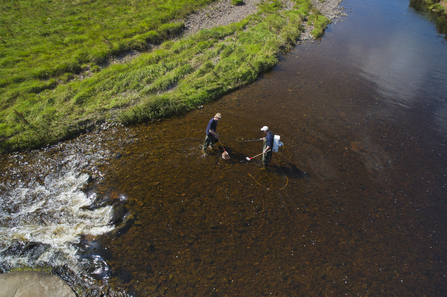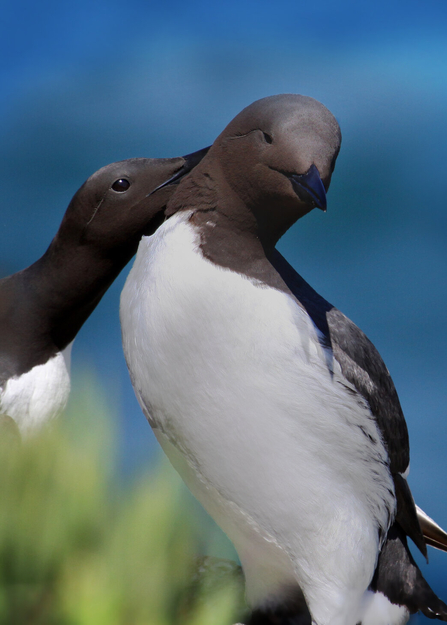COP26 is quite possibly the most important event of our time. With time running out to take action on climate change, the decisions made during the conference are crucial to the future of our wildlife, our planet and our lives.
What is COP26?
COP stands for Conference of the Parties, and the ‘26’ part is because this is the 26th Conference of the Parties. The first one took place in 1995 in Berlin, and this year’s will take place in Glasgow.
COP is hosted every year and sees leaders from across the world come together at a UN summit to discuss and agree what needs to happen to address climate change. As hosts of COP26, the spotlight has fallen on the UK and our Government to demonstrate global leadership in our efforts to reverse the climate and nature crises.



